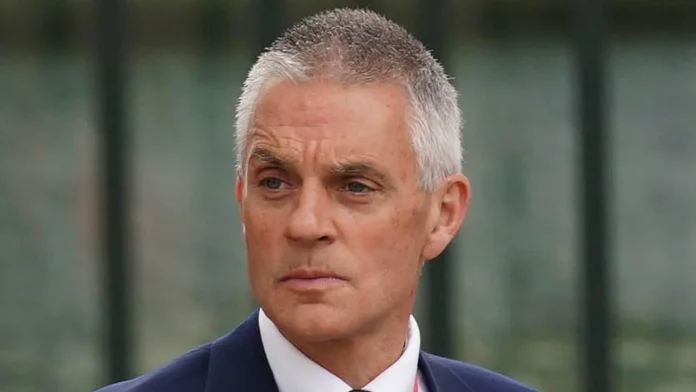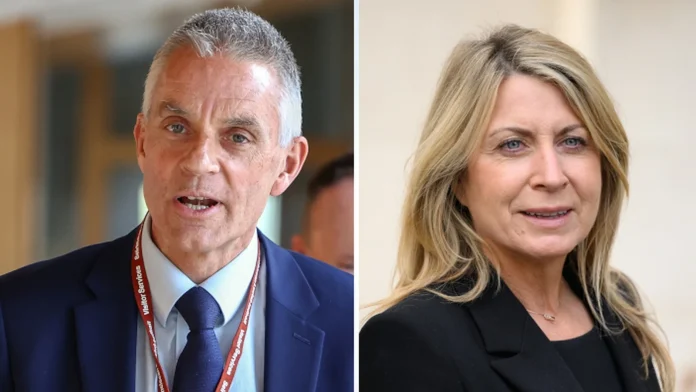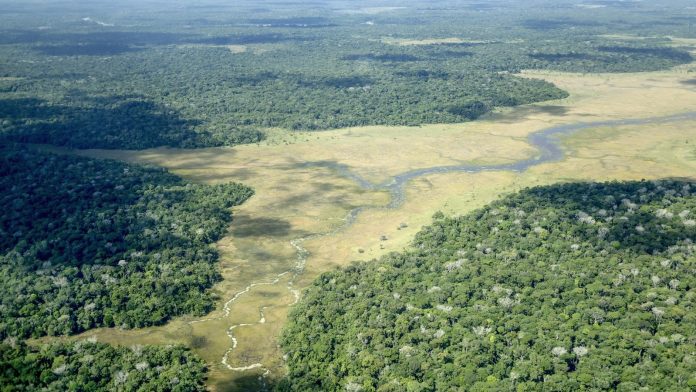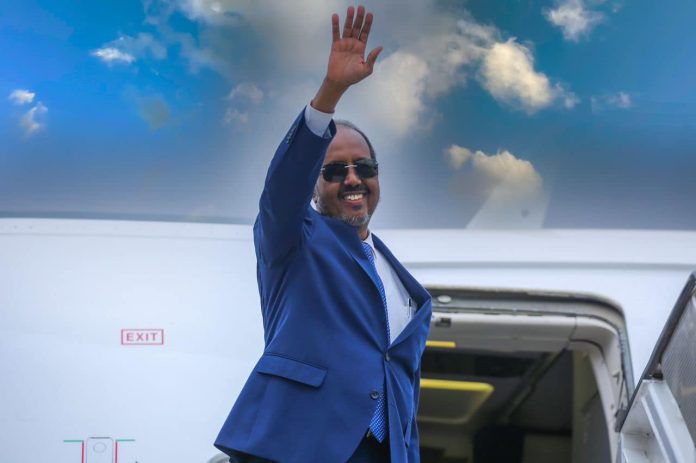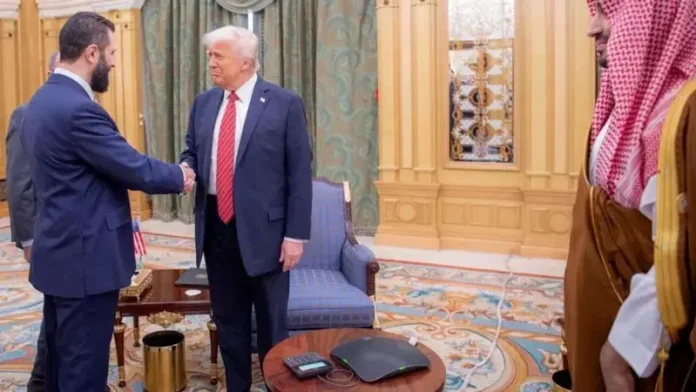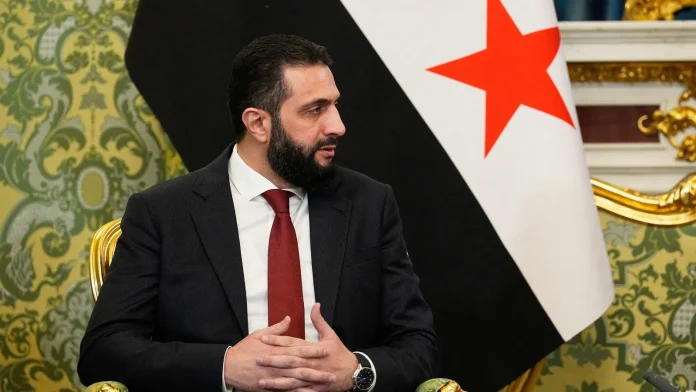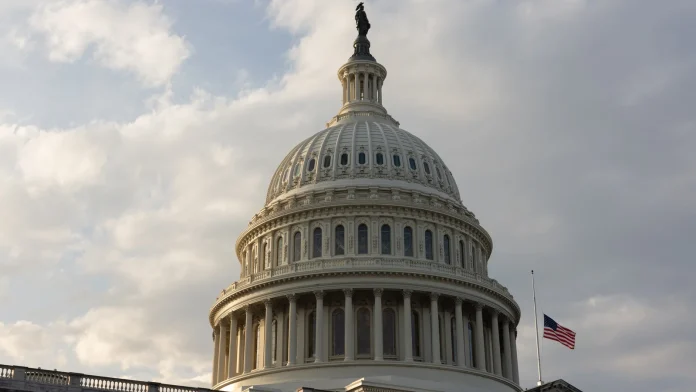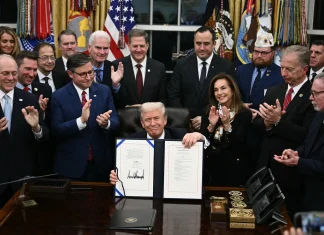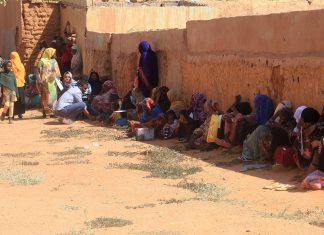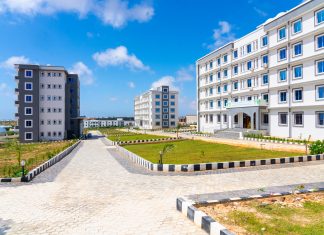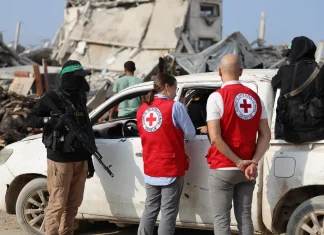A Sudden Silence in Broadcasting House: What the BBC’s Leadership Shake-Up Really Means
On a crisp London morning, the marble foyer of Broadcasting House—where for a century the nation’s stories have been gathered, argued over and sent out into the world—felt a little quieter. Staff drank their tea in smaller groups, conversations trailing off as word spread: the director-general and the head of news had stepped down after a storm over an edited clip in a high‑profile documentary.
It is the kind of institutional rupture that travels fast, not only through the BBC’s corridors but across global news cycles, social feeds and parliamentary chambers. For an organisation that prides itself on being a public mirror, the mirror has cracked.
Two resignations, a cascade of questions
Tim Davie, who led the corporation through five turbulent years, announced his resignation, saying the decision was his and that he wanted a successor to have time to shape upcoming charter plans. His departure was joined by that of Deborah Turness, the BBC’s chief executive of news—both exits triggered by fallout from a Panorama episode that drew accusations it misrepresented former US President Donald Trump’s words.
“This isn’t just about a single clip,” a senior producer at the BBC told me, asking not to be named. “People are frightened for what it means for the editorial culture here. We make mistakes, we correct them—but leadership is supposed to protect standards.”
The scene plays out on several fronts. On one hand there is a newsroom grappling with internal morale; on another, politicians and regulators pressing for explanations; and finally, a global audience asking whether one of the world’s most trusted news organisations can be trusted.
What happened on screen
At the heart of the controversy was a sequence of footage taken from President Trump’s speech on 6 January 2021—an event that culminated in the storming of the US Capitol. The Panorama edit assembled fragments in a way that critics said changed the meaning, giving the impression the former president instructed supporters he would lead them to the Capitol and urged them to “fight like hell.” In the full, unedited recording, the remarks were different in tone and intent; Trump urged the crowd to “walk with me… and we’re going to cheer on our brave senators and congressmen and women.”
To viewers who watched the documentary, the edit felt damning. To others it germinated a different concern: editorial sleights and a shrinking tolerance for nuance in politically febrile times.
Politics, trust and the licence fee
Culture, Media and Sport ministers weighed in, describing the matter as “incredibly serious” and adding to a wider set of questions about editorial standards at the BBC. The corporation, which is funded by a television licence paid by UK households and framed by a royal charter, has long been caught between its public-service remit and fierce political scrutiny.
“The BBC is not just a broadcaster; it’s a national institution,” said Dr Amina Rahman, a media ethics scholar at a British university. “That status makes it a lightning rod. When something goes wrong, the political stakes are high—because trust in the BBC feeds public trust in journalism itself.”
Those stakes are not theoretical. For millions in the UK, the licence fee is a tangible contribution to public life. Beyond Britain, the BBC World Service broadcasts in dozens of languages and reaches audiences across continents. When a flagship programme like Panorama—on the air since 1953 and the world’s longest-running investigative show—faces credibility questions, the ripple effects extend far beyond a single editorial office.
Not the first crack
This episode did not arrive in isolation. Earlier this year the corporation apologised for “serious flaws” in a documentary about Gaza. In that case, parts of the programme were deemed materially misleading by the UK regulator, and producers acknowledged failures in editorial oversight. For some observers, the current resignations are the immediate consequence of a pattern: mistakes, apologies, and mounting pressure from both the public and regulators.
“We’ve seen how quickly public confidence erodes,” said Hannah Ortiz, a veteran BBC editor who now freelances. “Frontline journalists feel the heat. Producers are working at pace, with less time and fewer resources than in the past. That’s not an excuse—standards have to hold—but it’s part of the environment.”
Voices on the ground
Outside the broadcaster, reaction ran the gamut. A commuter who grew up listening to the Today programme said, “I rely on the BBC for my news. I’m angry if something is manipulated, but I also want the BBC to be able to investigate powerful people without being hounded out of existence.”
A parliamentary aide in Westminster commented, “We support accountability. But be careful—this can quickly become about political point-scoring. The BBC must be transparent, but politicians shouldn’t be pulling the strings.”
Meanwhile, across the Atlantic, the former president publicly welcomed the resignations. “Finally, a bit of justice,” read one social post from a supporter. There were also those on the left who argued the resignations would not fix deeper problems around funding, editorial independence and the digital attention economy.
What regulators and the public might expect
Parliamentary committees have asked for a full explanation, and Britain’s media regulator has eyes on the affair. Observers expect the BBC chair to appear before MPs and likely to offer a fuller account and possibly further apologies.
- Investigations will focus on editorial processes: who signed off on the edit, what oversight existed, and whether patterns of error point to systemic failure.
- There will be calls for transparency from the top: clearer lines of accountability, improved fact-checking and perhaps new safeguards around archival and edited material.
- And there will be debate about governance: how best to insulate editorial decisions from political pressure while ensuring public accountability.
Why this matters beyond the BBC
We live in an era where “deepfake” technology and fast-moving misinformation chisel away at the boundary between fact and fiction. A public broadcaster’s credibility is a defensive bulwark against that tide. When that bulwark is questioned, it weakens public resilience to falsehoods.
“If audiences stop believing mainstream media, they will gravitate to alternative sources with fewer checks—some of which thrive on outrage and falsehoods,” Dr Rahman warned. “The BBC’s crisis is, in many ways, a crisis for the entire information ecosystem.”
Where do we go from here?
Resignations will not be the final chapter. The BBC now faces an urgent task: to rebuild trust by being ruthlessly transparent about what went wrong, strengthening editorial systems and engaging openly with critics. That will mean uncomfortable conversations in committee rooms and quiet adjustments in editorial suites.
But it also invites a wider question to readers: what do we expect from public media in a fractured age? Do we want a vigorous, sometimes imperfect institution that holds power to account, or a sanitised broadcaster so cautious it loses its edge? Is our appetite for perfect, instant certainty realistic when journalism often involves chasing complex truths?
One producer summed it up: “Mistakes will happen in any newsroom—what matters is how you own them, learn from them, and change. That’s the test now.”
We’ll be watching as the BBC replies to parliament, as new leadership steps in, and as a global audience decides whether this institution still reflects the values it once set out to represent. In the meantime, the marble still gleams in Broadcasting House, and the microphones are still live. The next story—whatever it may be—will tell us a lot about how the BBC wants to be seen.


